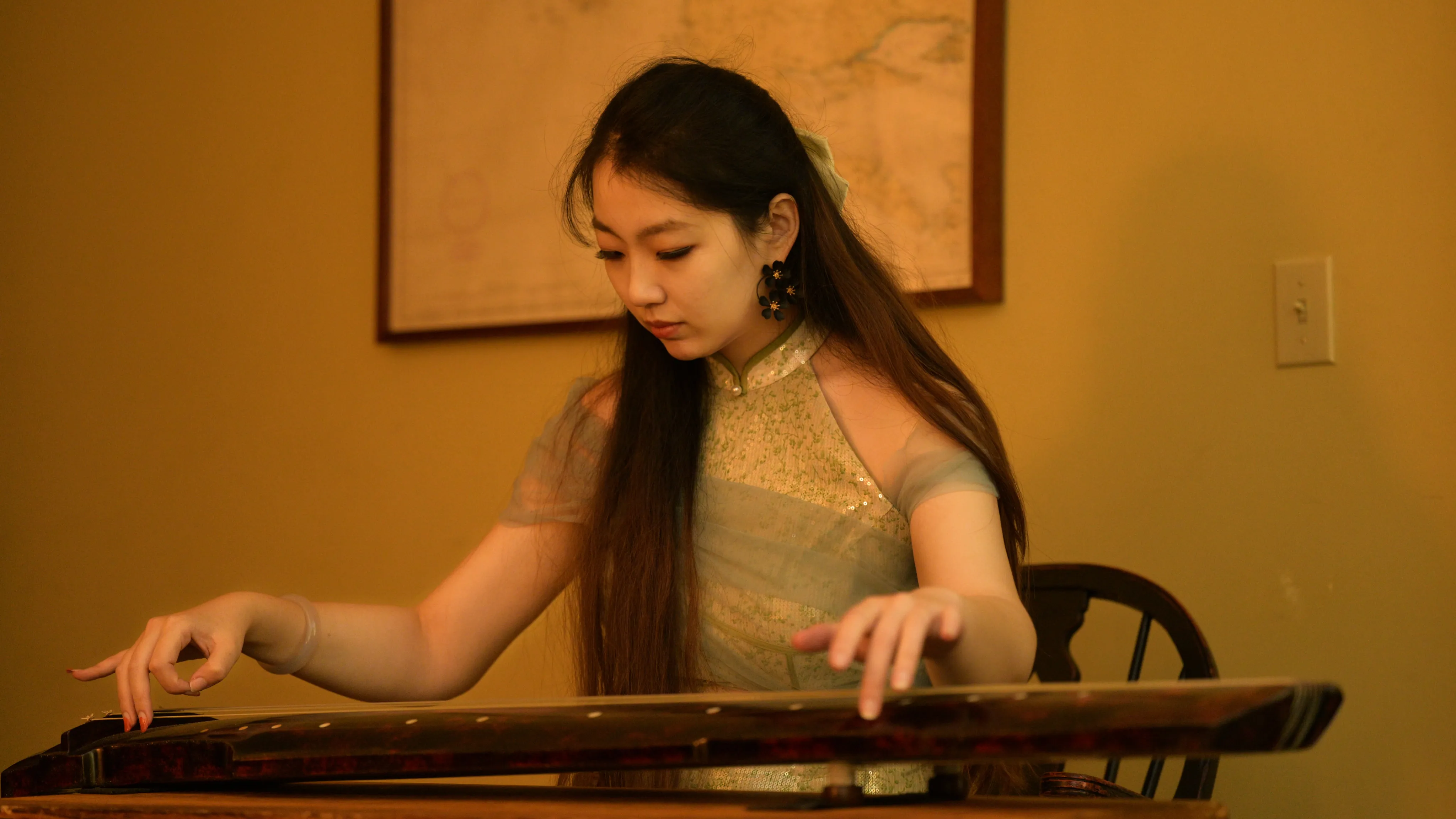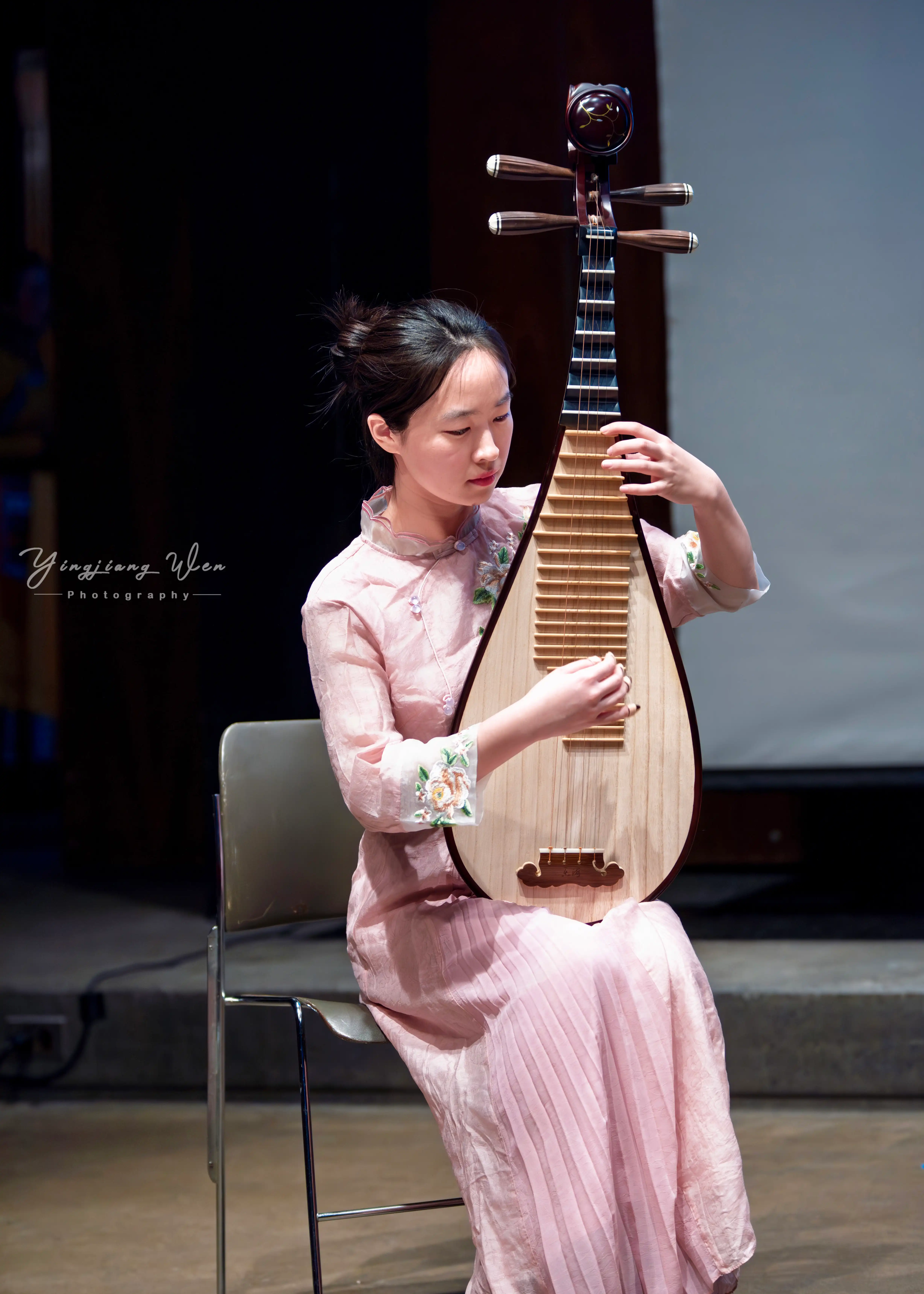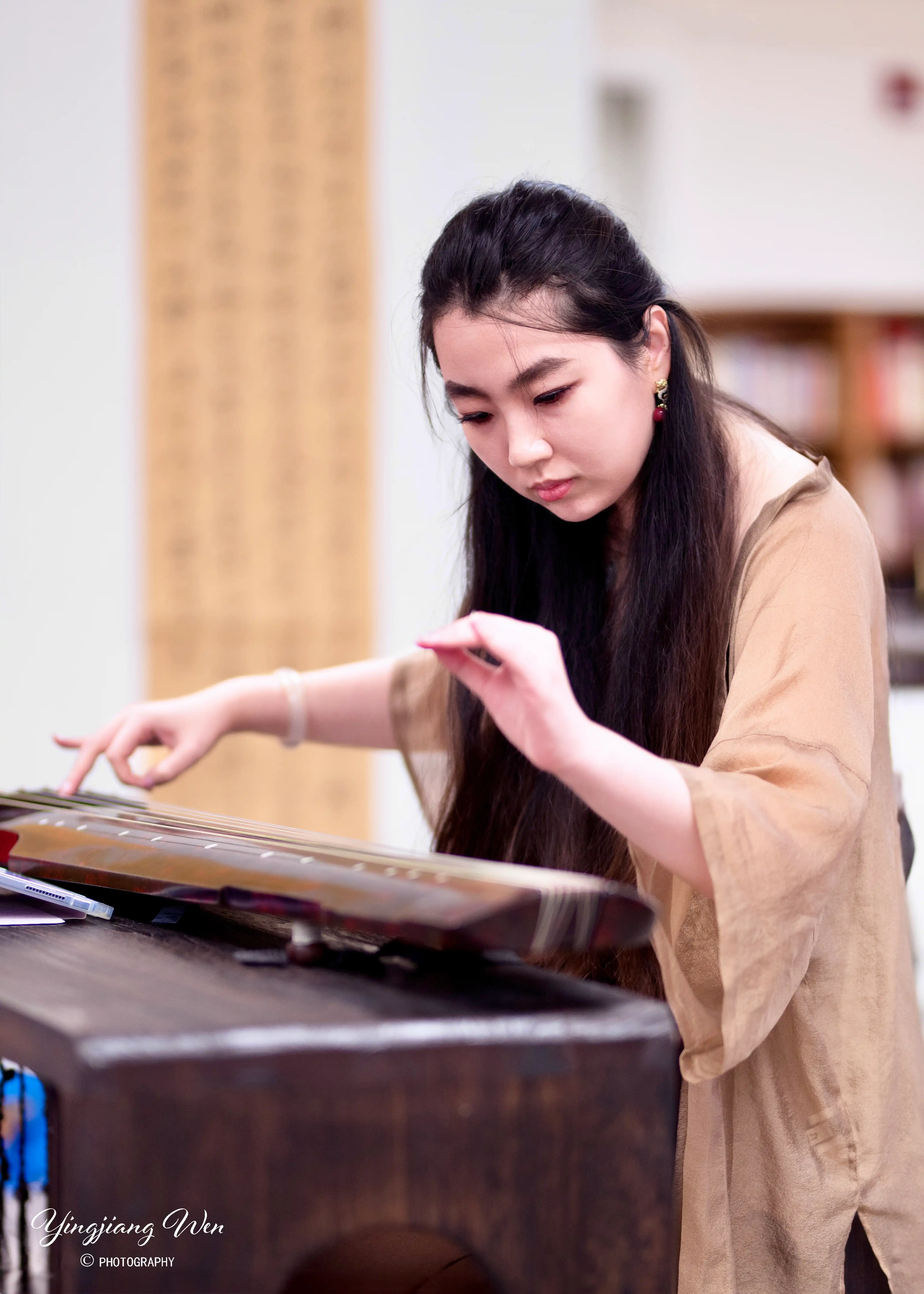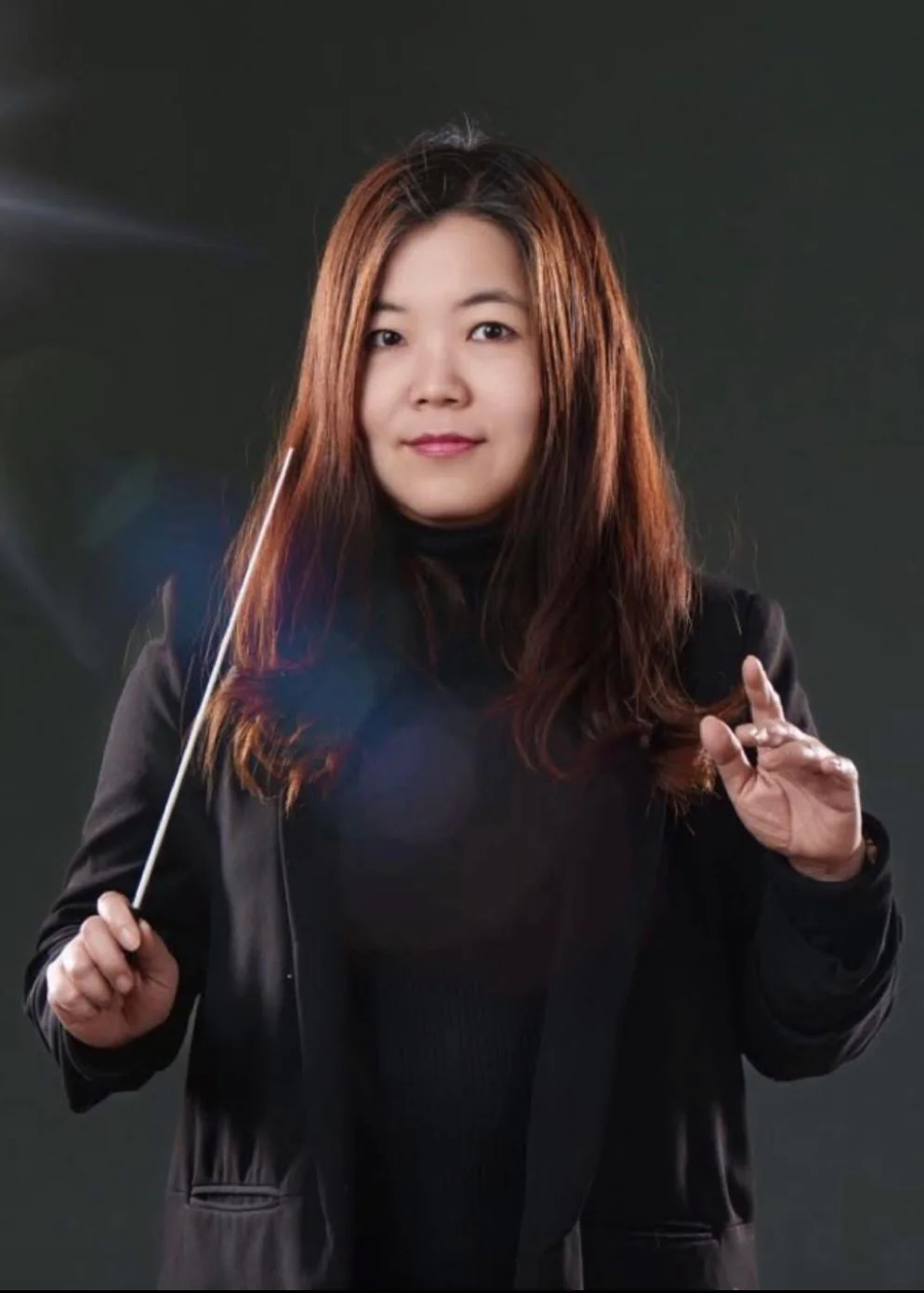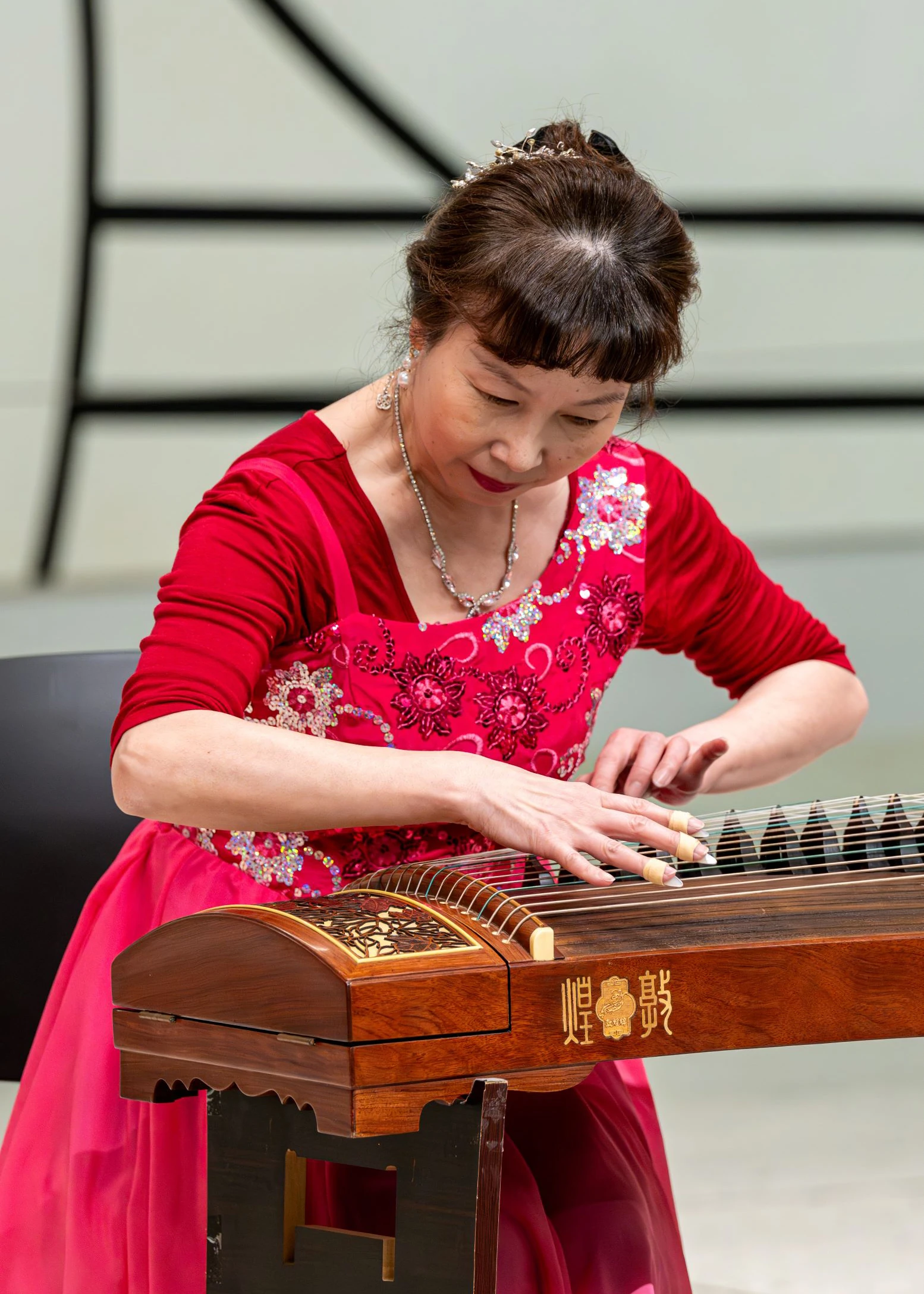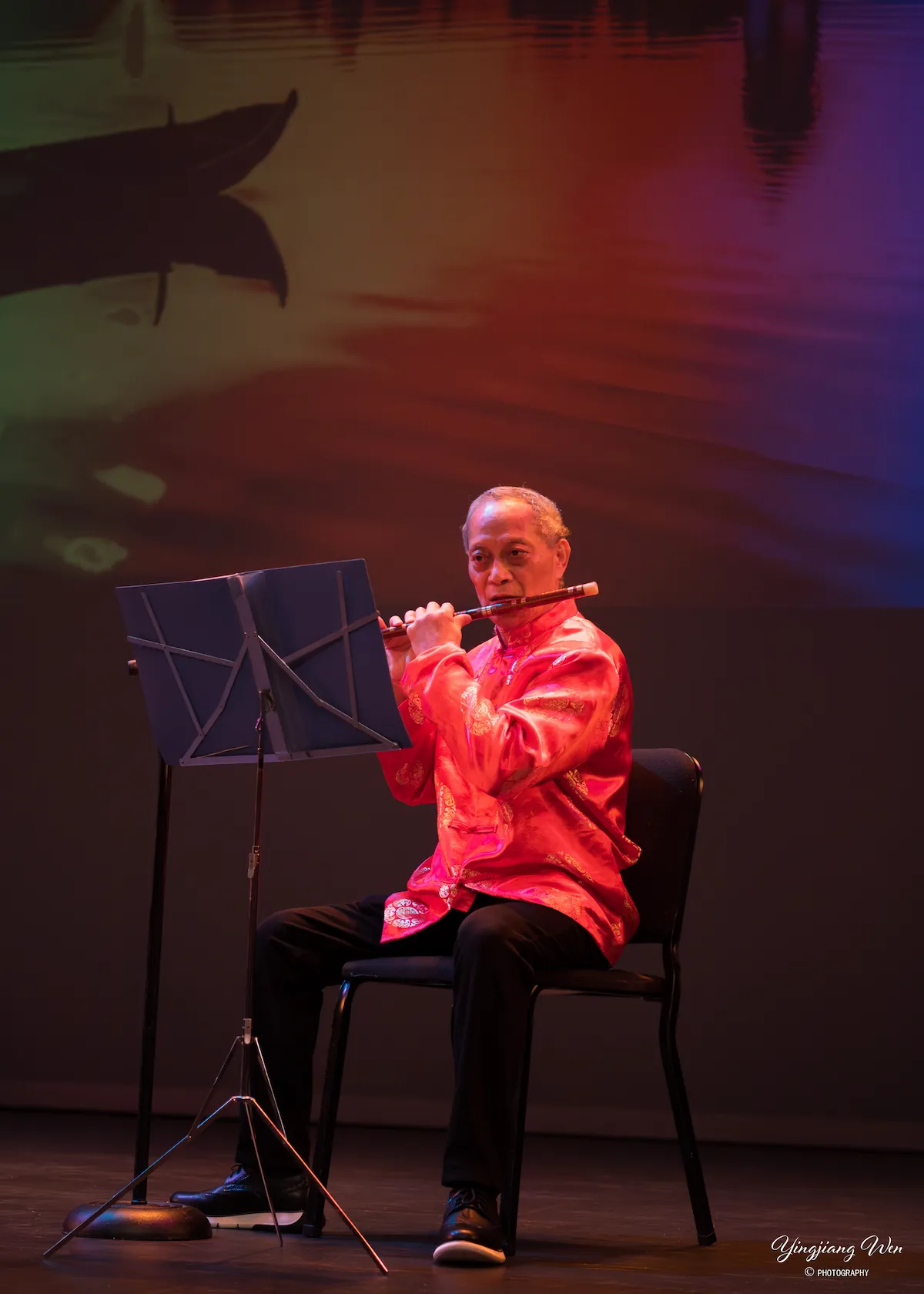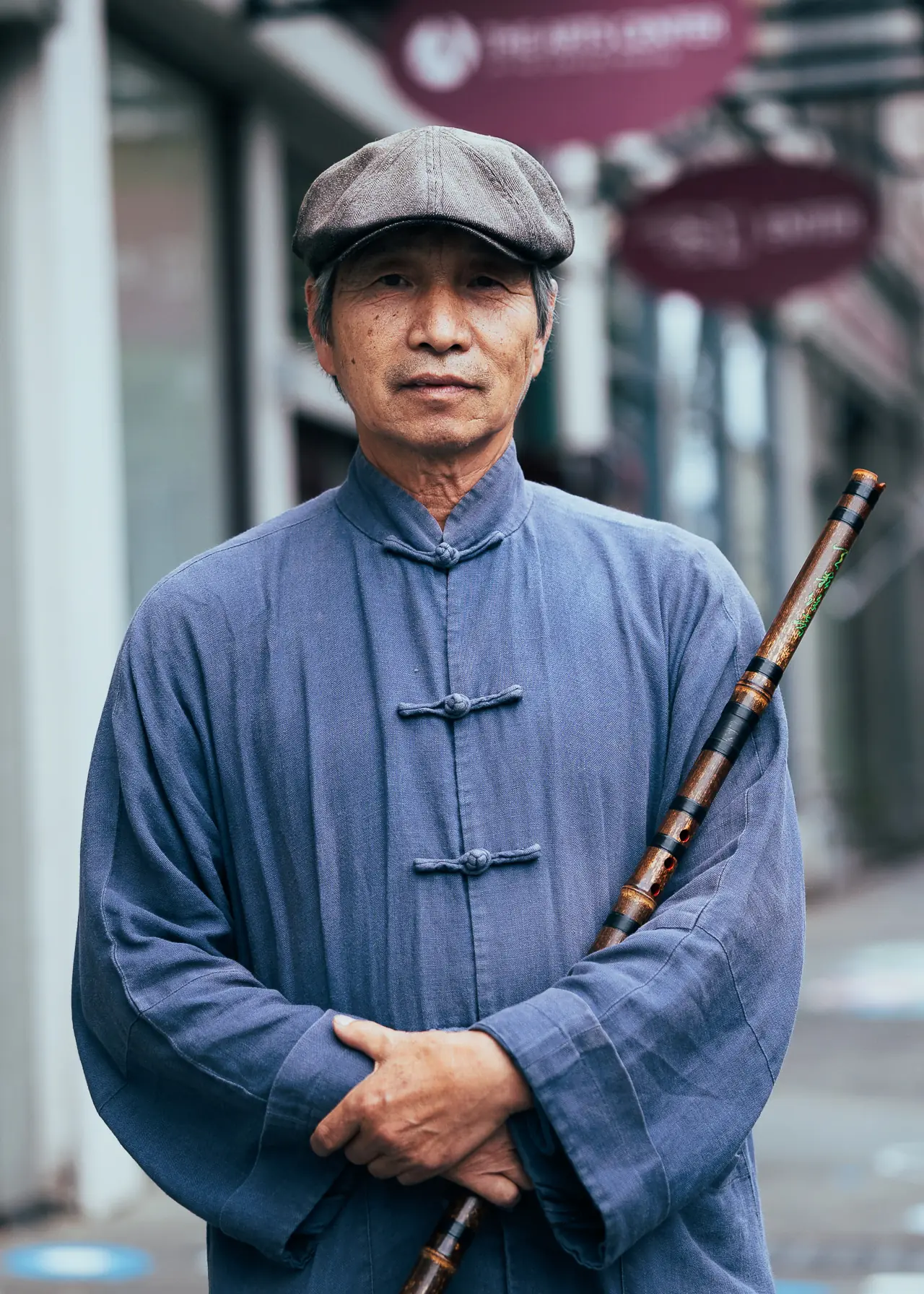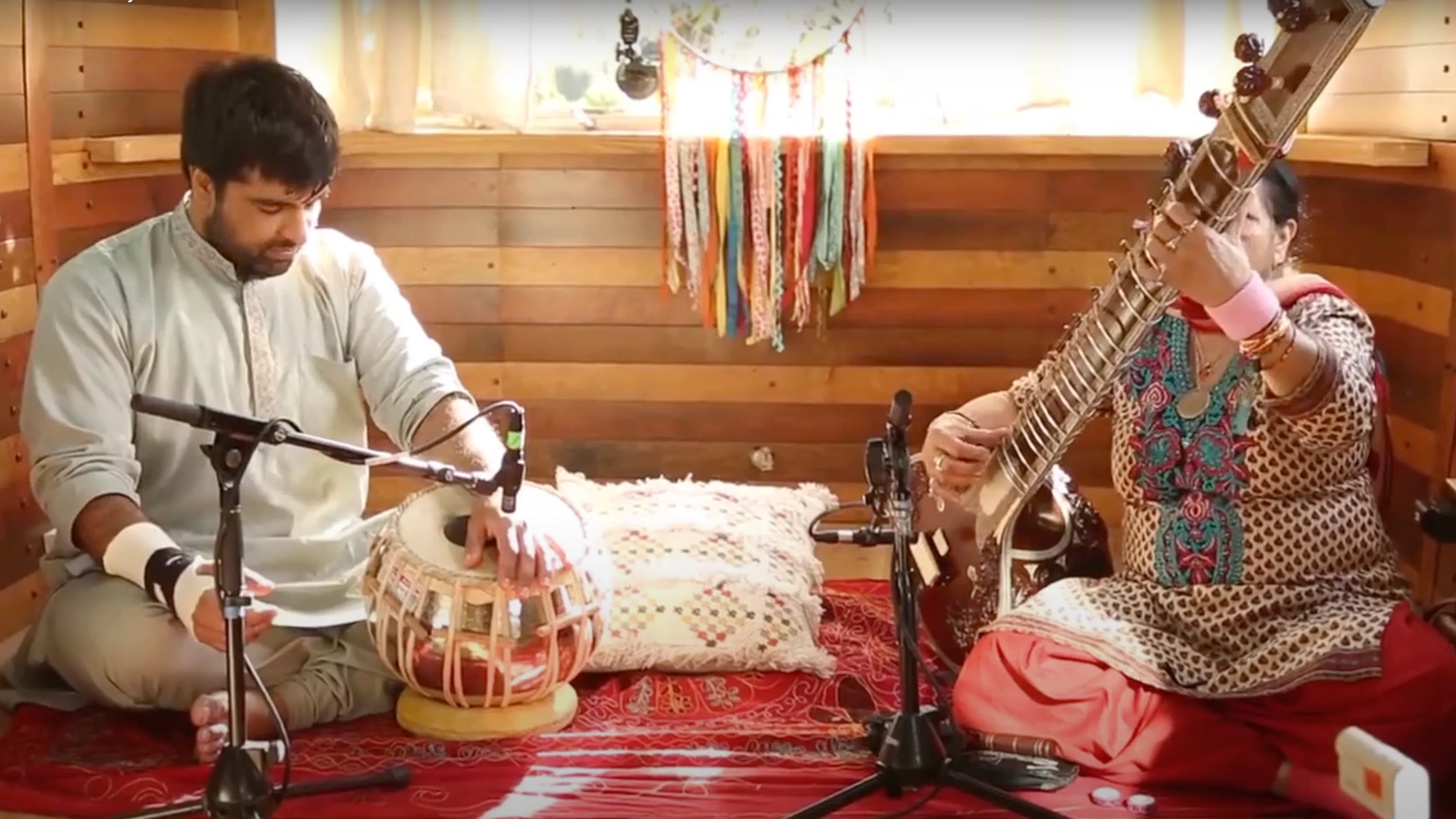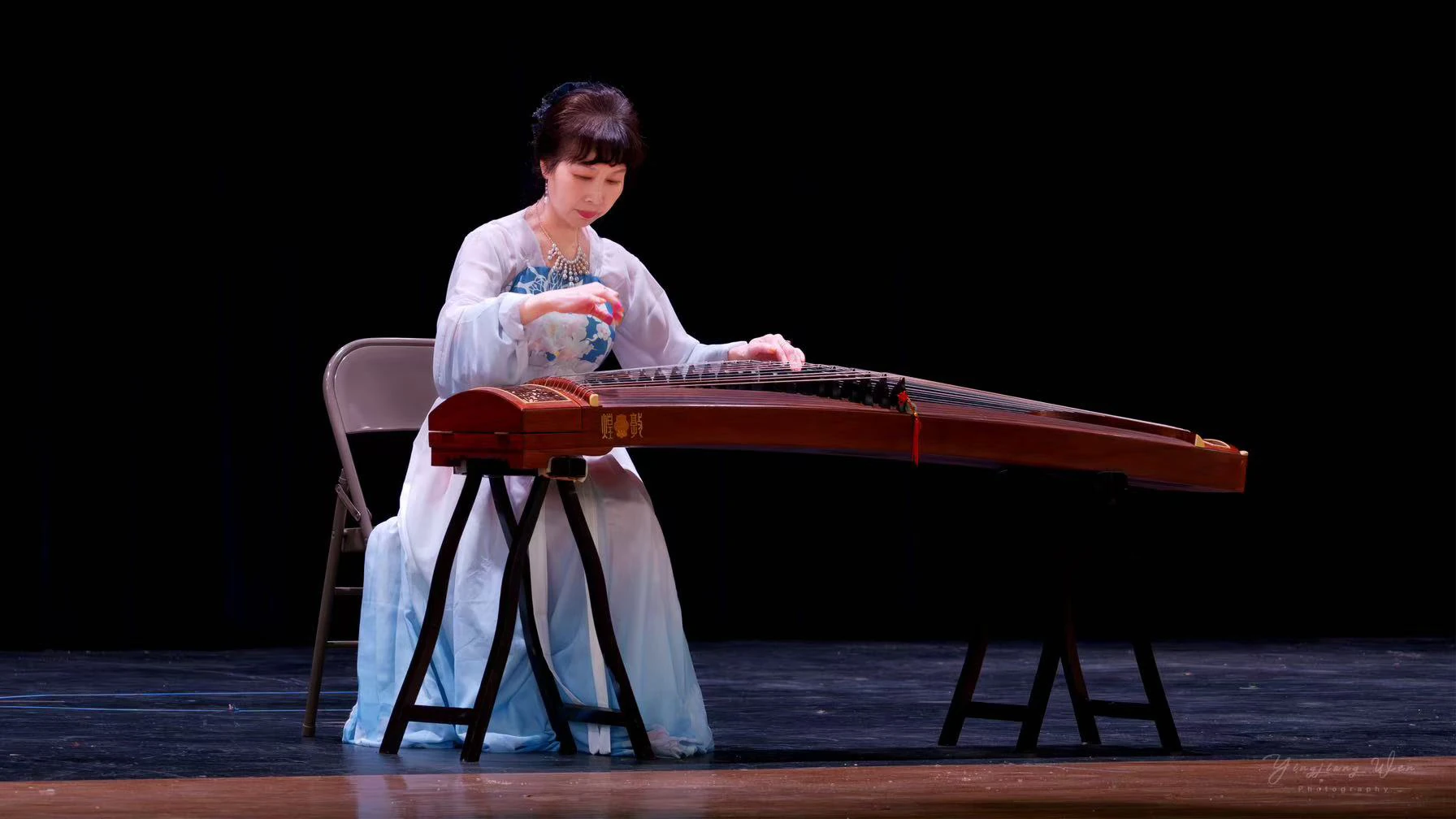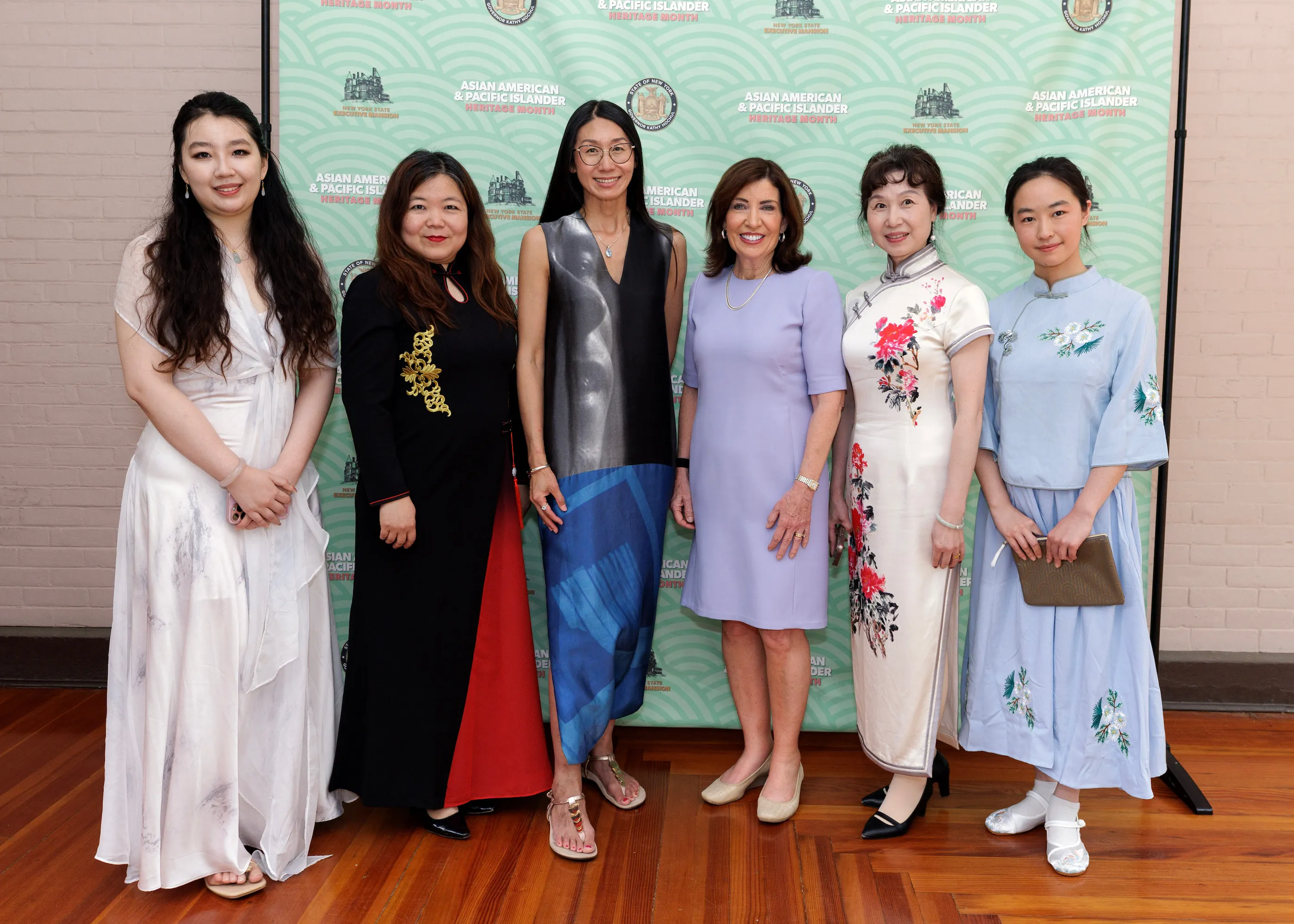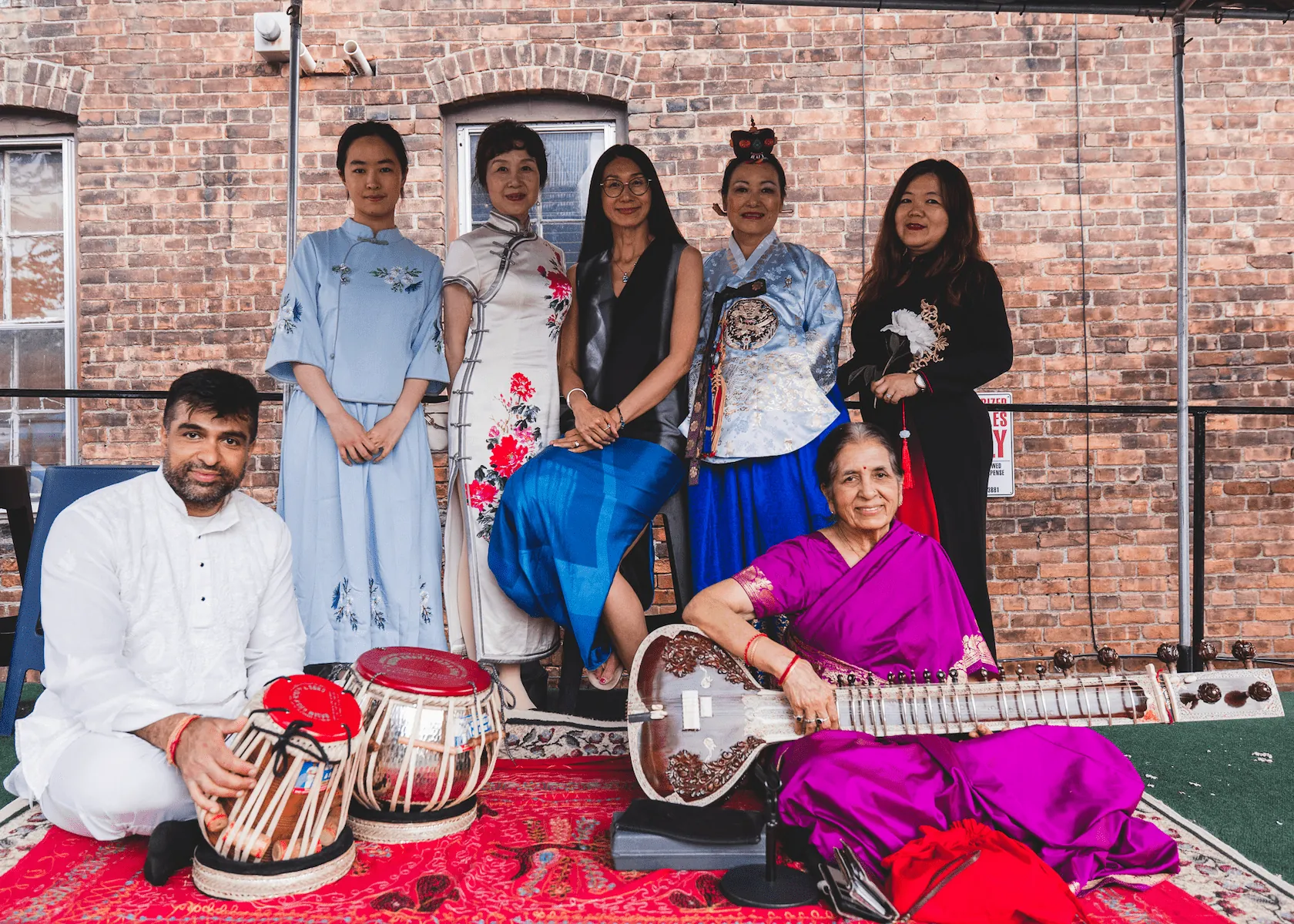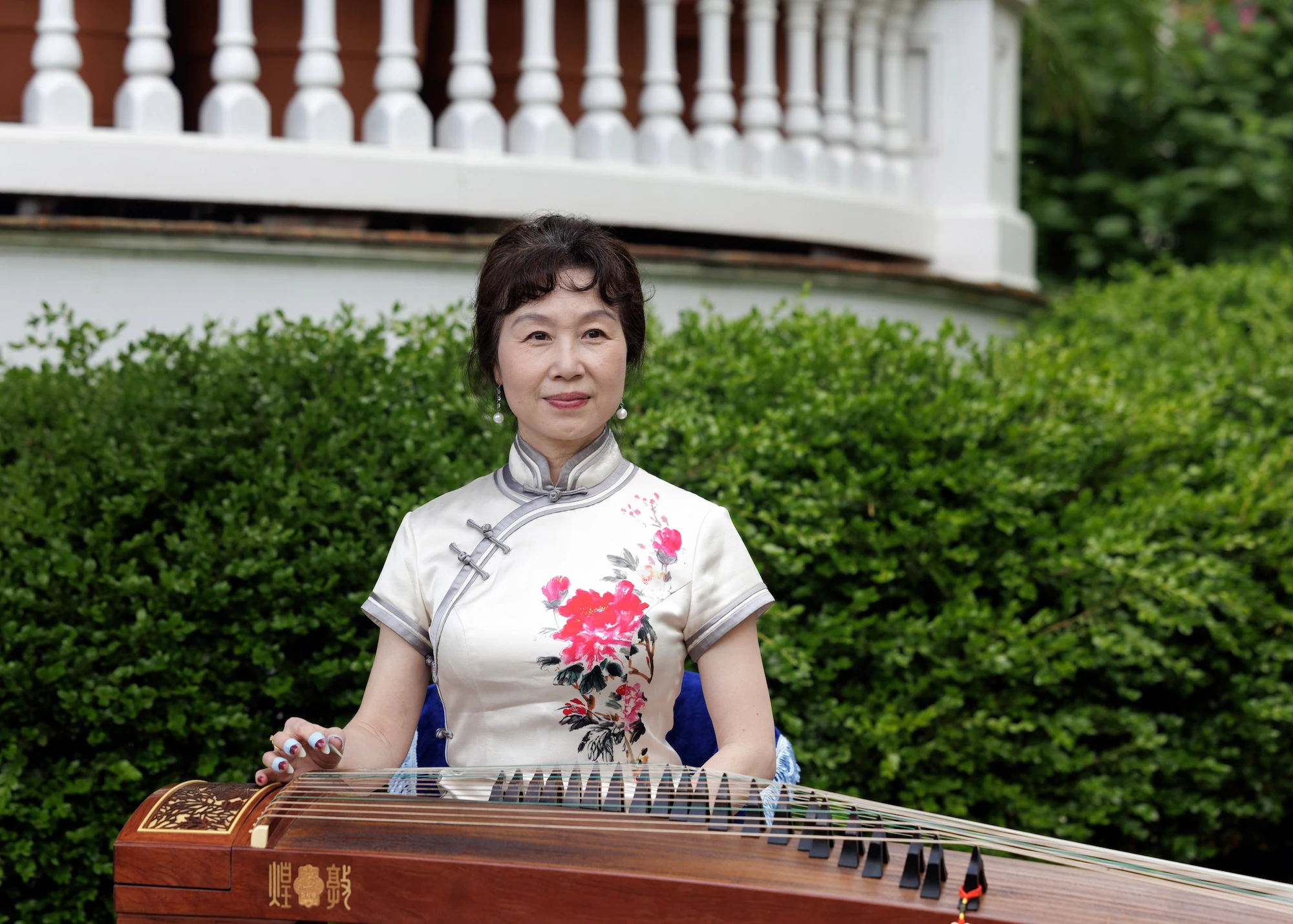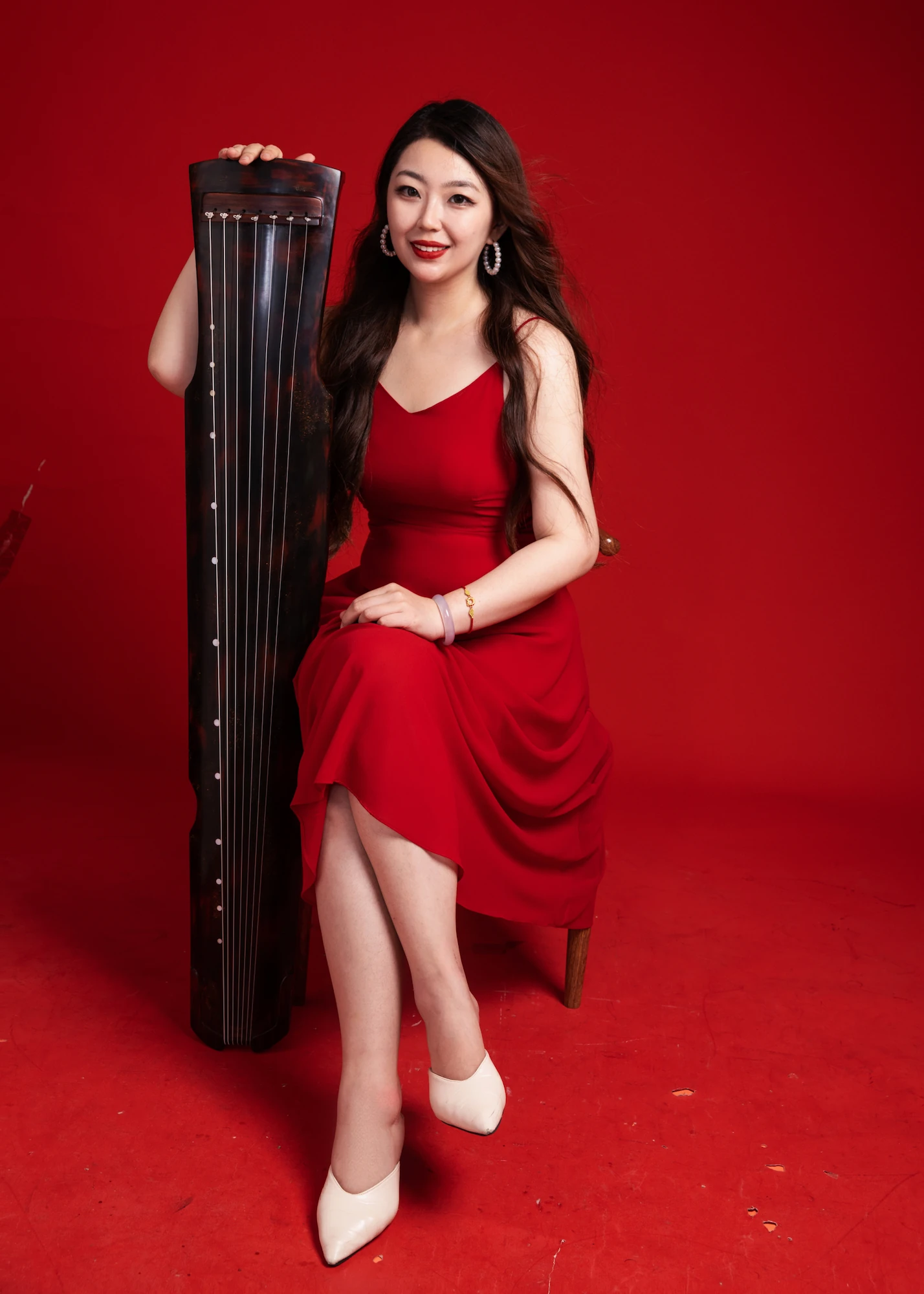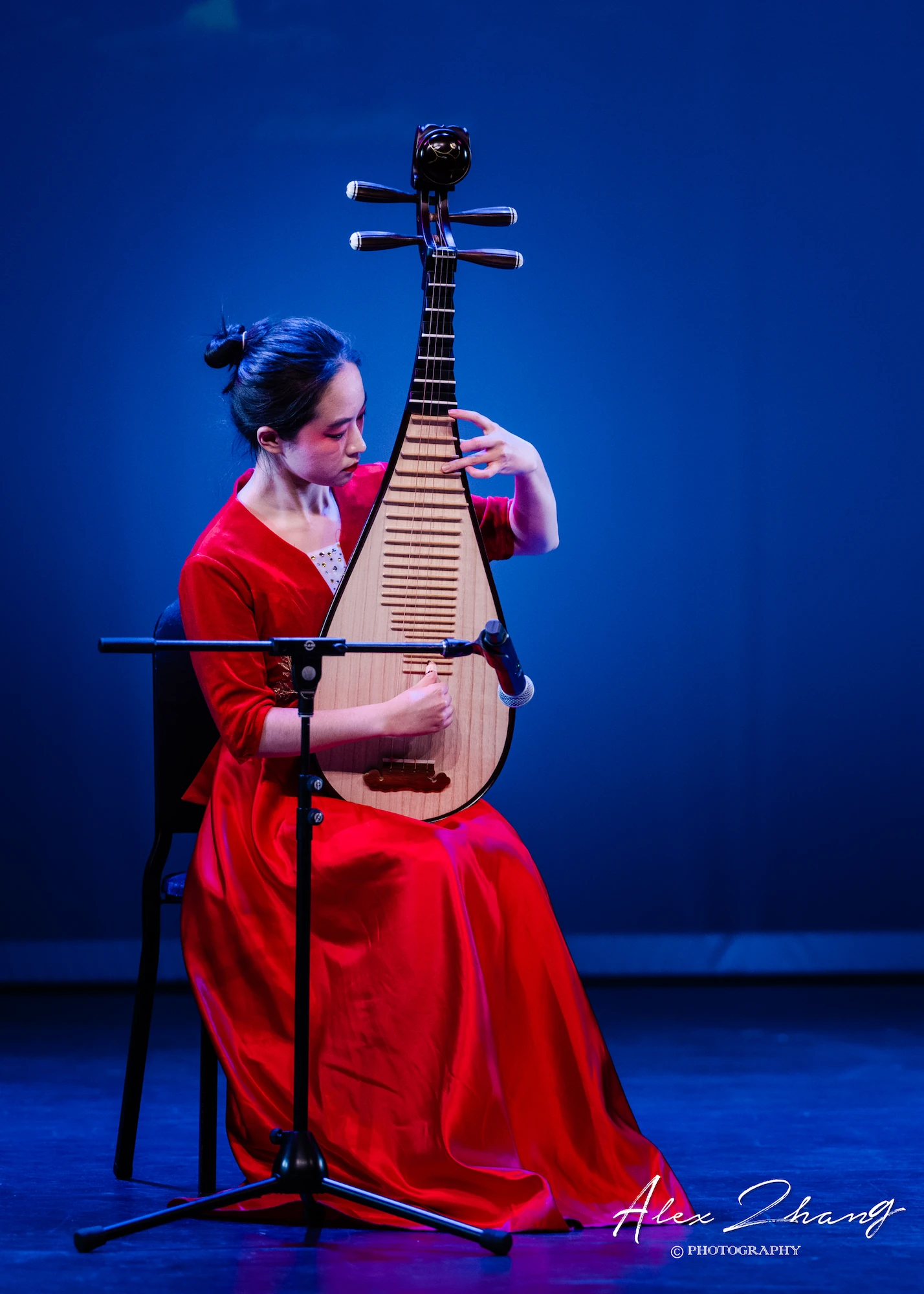Folk Instrument: Sitar and Tabla (Indian sitāra):
1960s led to its incorporation into Western popular music, with bands like The Beatles, The Rolling Stones, and Metallica using the instrument in their tracks.
The Tabla is a pair of hand drums from the Indian subcontinent, with its name derived from the Arabic word tabl, meaning drum. Since the 18th century, it has been the primary percussion instrument in Hindustani classical music and is commonly used in popular and folk music across India, Bangladesh, Afghanistan, Pakistan, Nepal, and Sri Lanka.
AANY featured artists: Veena and Devesh Chandra
Veena Chandra is an internationally renowned sitarist, composer, teacher, and choreographer. She founded the Dance and Music School of India in 1995. She is a faculty member at Skidmore College since 1990, and has also been an Artist Associate in Sitar at Williams College since 2014. Born in Dehra Doon, India, she was inspired by her father to pursue music, and studied under prominent figures like Shri Satish Chandra and Ustad Vilayat Khan.
Veena has been listed in the International Who’s Who since 1997. She has performed and taught for over 60 years, receiving multiple grants and awards, including grants from Arts Center of the Capital Region, Saratoga Art, NYSCA, New Music USA, NEA, and more. Veena’s performances span the U.S. and India, and she has collaborated with renowned musicians and dancers. Known for her skill in sitar, she is also celebrated for her ability to communicate the depth and beauty of Indian classical music to Western audiences. Her music is described as healing, clarifying, and soul-nourishing.
Devesh Chandra is a dynamic tabla artist who began learning the instrument at age three, inspired by his mother, renowned sitarist Veena Chandra. Immersed in Indian classical music from an early age, he later trained with legends Ustad Zakir Hussain and Ustad Vilayat Khan Saheb.
Known for his expressive style and cross-genre collaborations, Devesh has performed at major festivals including Wanderlust and the NY State Fair, and worked with artists from Indian classical, jazz, folk, and world music traditions. He is currently an Artist Associate at Williams College and an award-winning educator, with multiple honors from NYSCA and the NEA. Devesh continues to share Indian music through performance, teaching, and community engagement.
